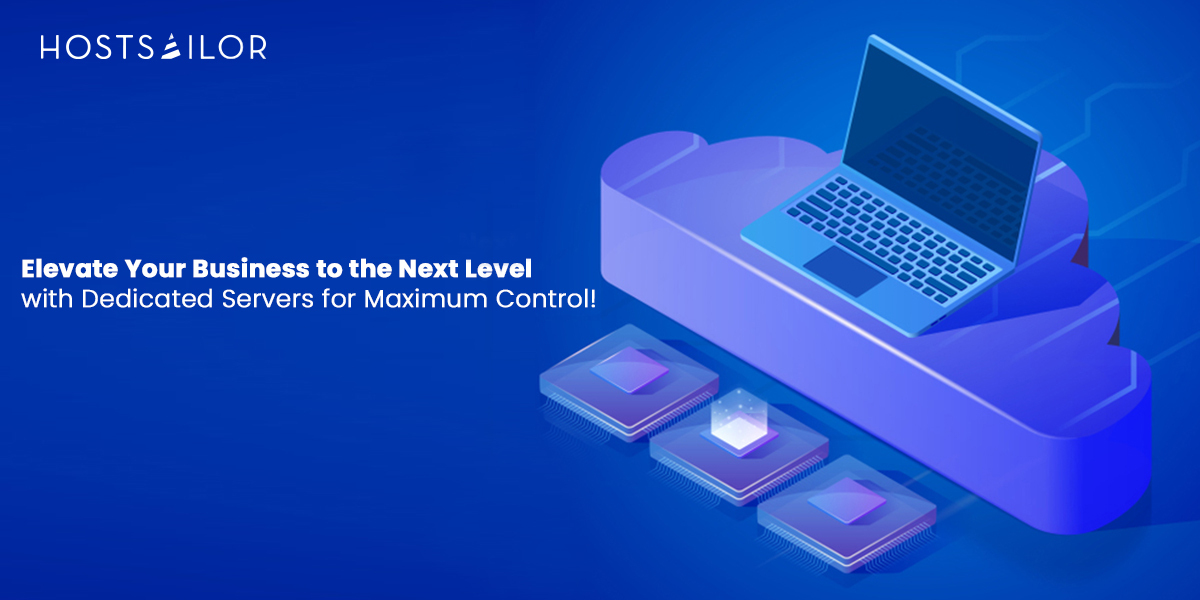
Setting up your own dedicated server can seem like a daunting task, but with the right guidance, it can be a rewarding experience that offers greater control, security, and customization for your online presence.

Whether you’re a business looking to enhance your digital infrastructure or a tech enthusiast eager to dive deeper into server management, this comprehensive guide will walk you through the essential steps of setting up a dedicated server.
Introduction to Dedicated Servers
Dedicated servers are powerful computers reserved exclusively for your use. Unlike shared hosting, where multiple users share the same server resources, a dedicated server provides you with full control over the server’s resources, including CPU, RAM, and storage. This translates to better performance, enhanced security, and the ability to customize the server to meet specific needs.
Benefits of Using a Dedicated Server
- Performance: Dedicated servers offer superior performance as all resources are available to your applications and websites without any competition from other users.
- Security: With a dedicated server, you have complete control over your security settings, reducing the risk of breaches and ensuring compliance with security standards.
- Customization: Dedicated servers allow for extensive customization. You can install any software, configure settings to your preference, and optimize the server for your specific applications.
- Reliability: Greater stability and uptime are key benefits of dedicated servers, as they are not affected by other users’ activities.
Pre-Setup Considerations
Before diving into the setup process, consider the following factors:
- Purpose of the Server: Define the primary use of your server. Is it for hosting websites, running applications, gaming, or storing data? This will influence the server specifications you need.
- Budget: Determine your budget. Dedicated servers come at various price points depending on the hardware specifications and additional services.
- Technical Expertise: Assess your technical skills. While setting up a dedicated server requires some technical knowledge, there are managed services available if you need assistance.
Choosing the Right Hardware
Selecting the right hardware is crucial for the performance and reliability of your dedicated server. Consider the following components:
- CPU: Choose a CPU that meets your performance requirements. For most applications, a multi-core processor will provide ample power.
- RAM: Adequate RAM is essential for multitasking and handling high traffic. Consider at least 16GB of RAM for general purposes.
- Storage: Decide between HDD and SSD. SSDs offer faster read/write speeds and are more reliable, but they are also more expensive. The amount of storage will depend on your needs.
- Network Interface: Ensure your server has a high-speed network interface to handle data transfer efficiently.
Selecting an Operating System
The choice of operating system (OS) will affect the server’s performance and the software you can run. Common options include:
- Linux: Known for its stability and security, Linux is a popular choice for dedicated servers. Distributions like Ubuntu, CentOS, and Debian are widely used.
- Windows Server: This is ideal for those who prefer a graphical user interface (GUI) and need compatibility with Windows applications.
Setting Up the Server
1. Install the Operating System
Once you’ve selected the hardware and OS, it’s time to install the operating system. Most server providers offer automated installation processes, but you can also manually install the OS using an installation CD or USB drive.
2. Configure Network Settings
Proper network configuration is crucial for the server to communicate effectively over the internet. This includes setting up IP addresses, subnet masks, gateways, and DNS servers. Typically, your hosting provider will offer a default configuration, but you can customize it as needed.
3. Secure Your Server
Security should be a top priority. Follow these steps to enhance your server’s security:
- Change Default Passwords: Replace any default passwords with strong, unique ones.
- Enable Firewalls: Configure a firewall to control incoming and outgoing traffic.
- Disable Unnecessary Services: Turn off services and ports that are not in use to reduce potential attack vectors.
- Regular Updates: Keep your OS and software up-to-date to protect against vulnerabilities.
4. Install and Configure Software
Depending on the purpose of your server, you’ll need to install relevant software. For example:
- Web Server: Install Apache or Nginx for hosting websites.
- Database Server: Set up MySQL, PostgreSQL, or another database management system.
- Control Panels: Consider using control panels like cPanel or Plesk for easier management.
Monitoring and Maintenance
After setting up your server, continuous monitoring and maintenance are essential to ensure optimal performance and security.
- Performance Monitoring: Use monitoring tools to track CPU, RAM, disk usage, and network activity. This helps in identifying and resolving bottlenecks.
- Security Audits: Regularly conduct security audits to detect and mitigate potential threats.
- Backup Solutions: Implement a robust backup strategy to prevent data loss. Regularly back up important data and test the restore process.
Conclusion
Setting up a dedicated server is a powerful way to gain full control over your online environment, providing unparalleled performance, security, and customization. By carefully considering your needs, selecting appropriate hardware and software, and following best practices for setup and maintenance, you can create a robust and reliable server infrastructure. Whether for business or personal use, a dedicated server can significantly enhance your digital operations.
Ready to enhance your online presence with a powerful dedicated server? Sign up with HostSailor today and take control of your digital future!